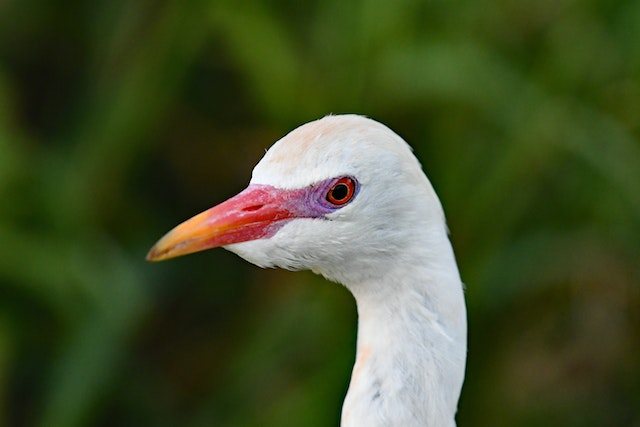Introduction: In the world of scientific research, certain fields demand more than just lab coats and controlled environments. Bird flu researchers find themselves immersed in an unconventional work environment as they strive to understand the complexities of this avian virus. In this article, we delve into the unique and challenging settings where these dedicated
Introduction:
In the world of scientific research, certain fields demand more than just lab coats and controlled environments. Bird flu researchers find themselves immersed in an unconventional work environment as they strive to understand the complexities of this avian virus. In this article, we delve into the unique and challenging settings where these dedicated researchers operate, exploring the muddy wetlands, bustling poultry markets, and remote corners of the world where they seek answers to the mysteries of bird flu.
The Muddy Wetlands:
For bird flu researchers, muddy wetlands serve as a crucial backdrop for their work. Donning waders and armed with nets, they venture into these rich ecosystems to study avian behavior and virus transmission dynamics. Amidst the squelching mud and cacophony of bird calls, scientists observe migratory patterns, collect samples, and gain insights into how the virus spreads among different bird species. It is in these wetlands that crucial pieces of the bird flu puzzle start falling into place.
Bustling Poultry Markets:
In bustling poultry markets, bird flu researchers confront the intersection of avian and human health. Donning protective gear, they navigate through the crowds, closely observing the interactions between birds, humans, and the environment. By collecting samples and studying the conditions within these markets, researchers unravel the intricate web of virus transmission and assess the risks for potential human outbreaks. Their unconventional workplaces become invaluable sources of information and understanding.
Remote Expeditions:
The quest for answers takes bird flu researchers to the farthest corners of the globe. Remote villages, where human and avian populations coexist in close proximity, become critical research sites. Scientists set up makeshift laboratories, overcoming logistical challenges and language barriers to gather data and study the virus’s impact on both human and avian health. In these remote expeditions, researchers witness firsthand the challenges faced by communities affected by bird flu and work towards developing effective prevention and control strategies.
The Lab as Home Base:
While unconventional environments play a significant role, the laboratory serves as the nerve center of bird flu research. Here, scientists analyze collected samples, identify virus strains, and conduct in-depth genetic studies. Surrounded by state-of-the-art equipment, they unravel the molecular secrets of the virus, enabling a deeper understanding of its behavior and potential threats. The laboratory acts as a home base, where researchers process the raw data gathered in the field and transform it into actionable knowledge.
Navigating Challenges:
Operating in unconventional work environments presents its fair share of challenges for bird flu researchers. They must overcome physical discomfort, adapt to unfamiliar cultures and environments, and navigate complex logistics. Yet, their passion for unraveling the mysteries of bird flu fuels their perseverance. These challenges become mere stepping stones on the path to uncovering the answers they seek.
A Call for Collaboration:
The unconventional work environment of bird flu researchers underscores the need for collaboration across disciplines. Experts from diverse fields, such as epidemiology, veterinary medicine, and anthropology, come together to tackle the multifaceted challenges posed by bird flu. By combining their expertise and perspectives, these researchers foster a holistic approach to understanding and combating the virus.
Conclusion:
Bird flu researchers embark on an unconventional journey in their pursuit of answers. From muddy wetlands to bustling poultry markets and remote corners of the world, their work environment transcends traditional boundaries. It is within these unconventional settings that vital insights into the complexities of bird flu are discovered. As they immerse themselves in these environments, these dedicated researchers push the boundaries of knowledge, striving to protect both avian and human populations from the threats posed by this viral adversary.

















Leave a Comment
Your email address will not be published. Required fields are marked with *